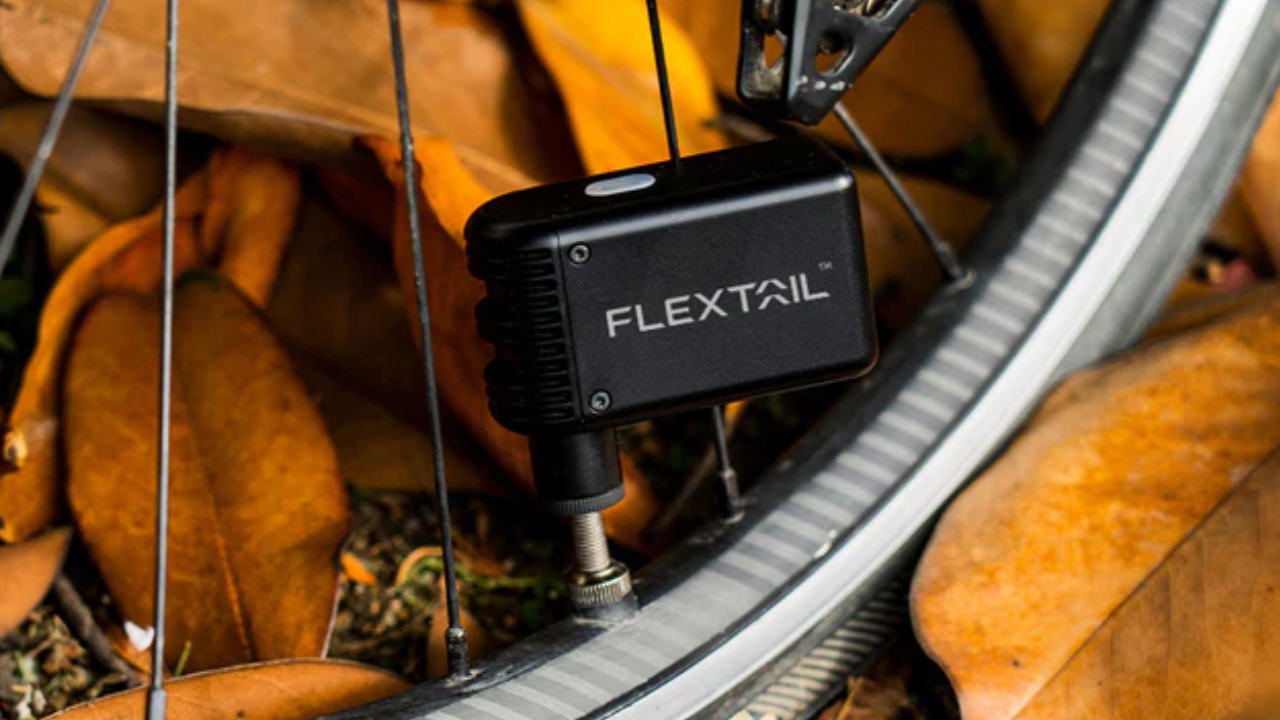Moisturizer repellents have emerged as essential tools in the fight against diseases spread by mosquitoes and the annoyance they cause. The records of mosquito anti-agents date back many years, with old civic establishments using different local materials like plant oils and smoke to beat back mosquitoes. The massive use of chemical repellents can result in their accumulation within the surroundings, probably impacting ecosystems and non-goal organisms.
Additionally, the disposal of repellent boxes and packaging can contribute to plastic pollution, in addition to exacerbating environmental troubles. Because the demand for powerful mosquito control persists, locating stability between human fitness protection and environmental preservation remains an important challenge.
Diverse environmental factors, which include temperature, humidity, wind speed, and exposure to sunlight hours, can help mosquito repellents work harder. To understand the functioning and variety of mosquito repellents, visit the collection's page on Flextail. To provide the highest level of safety against mosquito bites and the illnesses they transmit, it's far more important to realize how those elements affect the repellent's overall performance.
Various Effects Of Environmental Factors On The Effectiveness Of Mosquito Repellents
Knowledge of how clients can utilize mosquito repellents, however successful, in unambiguous circumstances seems to be given in this detail, which looks at the association between ecological circumstances and the viability of anti-agents.
Temperature
The effectiveness of mosquito repellents is greatly affected by temperature. Unreasonable temperatures can speed up the vanishing of repellent dynamic fixings, diminishing their consciousness of the pores and skin and decreasing their ability to stop mosquitoes. On the other hand, low temperatures can cause anti-agents to harden or become less gooey, influencing their spreadability and inclusion. To mitigate the effect of temperature, customers ought to store repellents in a groovy, dry location far from direct sunlight and heat resources.
Humidity
Humidity levels can also affect the efficacy of mosquito repellents, mainly those formulated as sprays or creams. High humidity can cause repellents to evaporate more quickly, reducing their durability and requiring extra common reapplication. In comparison, low humidity may additionally lengthen the length of protection provided by repellents by slowing down evaporation. While using repellents in humid environments, it is crucial to use them generously and reapply as needed to preserve effectiveness.
Wind
Wind speed impacts the dispersion and coverage of mosquito repellents applied to the pores, skin, or clothing. Strong winds can disperse repellent particles away from the body, decreasing their attention and effectiveness. In out-of-door settings with excessive wind speeds, users can also need to use repellents extra often or search for sheltered areas to limit wind exposure. Deciding on repellent formulations with higher viscosity or adherent properties can also help enhance adhesion to the pores and skin in windy situations.
Exposure To Daylight
Publicity to sunlight can degrade certain active substances in mosquito repellents, leading to reduced efficacy through the years. Ultraviolet (UV) radiation from the sun can smash down chemical bonds and destabilize repellent molecules, in particular in formulations containing mild-sensitive compounds. To maintain the efficiency of repellents, users have to store them in opaque packaging containers and avoid prolonged exposure to direct sunlight. Moreover, wearing shielding clothing or seeking color can help lessen UV exposure and lengthen the effectiveness of repellents carried out to the skin.
Environmental Pollutants
Natural contaminations, along with air poisons and synthetic toxins, can interface with mosquito anti-agents and influence their general presentation. Additionally, airborne pollution may adhere to the skin and create a barrier that hinders the effectiveness of the insect repellent. Similarly, chemical residues from private care merchandise or pesticides can interact with repellent active substances and regulate their conduct. To reduce the effect of environmental pollution, customers ought to cleanse their skin thoroughly before applying repellents and pick products with minimum interplay ability.
Conclusion
Environmental elements play an important role in shaping the efficacy of mosquito repellents. With expertise in how temperature, humidity, wind velocity, sunlight exposure, and environmental pollutants influence repellent performance, customers can take proactive measures to optimize their use and maximize protection against mosquito bites. Adhering to high-quality practices for garage, utility, and reapplication of repellents in various environmental conditions ensures reliable and steady safety, improving universal consumer pride and public health results.

